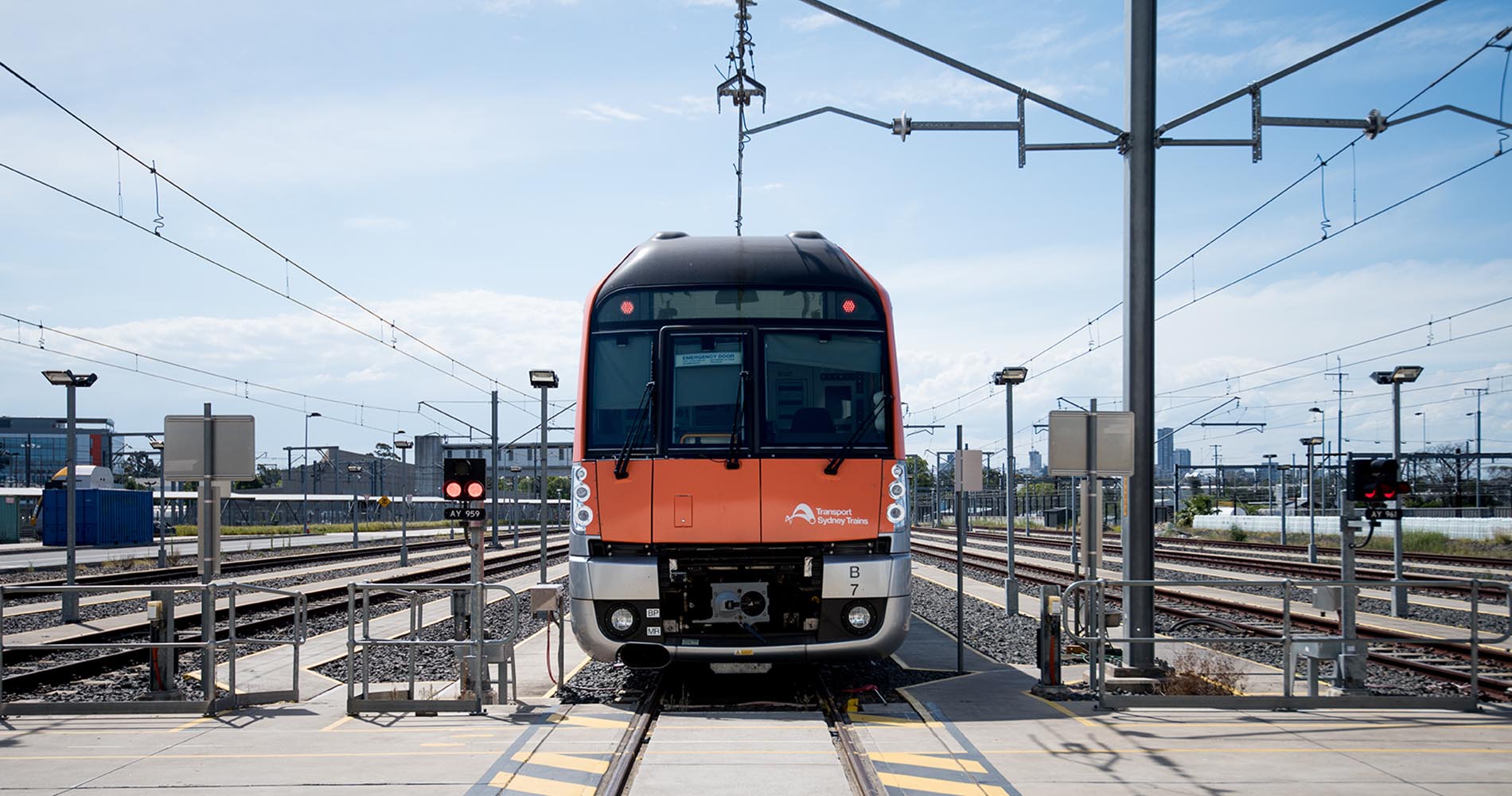
Downer stays on track as AI, intelligent cloud and IoT optimise train maintenance
Mike Ayling has trains in his blood; both his grandfathers were train drivers and told stories about the old steam train days when bacon and egg breakfasts could be cooked on a coal shovel.
“If my grandfathers could see what we’re doing now, I think they’d be blown away in terms of the phenomenal advancement in technology,” he says.
“The improved safety aspects alone align to the real focus that we have on zero harm and making sure our employees get home safely,” says Ayling who is the General Manager of Digital Technology and Innovation at Downer which in 2011 commenced a 30-year contract with the NSW Government to manage and maintain the fleet of 78 Waratah trains.
In December 2016 the NSW Government ordered 24 Waratah Series 2 trains under its Sydney Growth Trains Project and in February 2019, announced its decision to order an additional 17 Waratah Series 2 trains and providing more passengers with improved safety and comfort due to enhanced air-conditioning systems, more CCTV cameras and improved accessibility.
Building on the success of the original Waratah trains which continue to show exceptional performance in terms of reliability and availability, Waratah Series 2 represents a new opportunity to leverage additional sensor data from the fleet.
As each Waratah train pulls in and out of a Sydney station, more than 300 Internet of Things (IoT) sensors and almost 90 cameras are silently capturing data and recording video.
Every ten minutes 30,000 signals are sent from the train to Downer. Those 30,000 signals represent the train’s digital DNA.
Ayling says; “We pretty much check everything on the train, from the bottom up, from the wheels – obviously the wheels are the most important thing in terms of the train, because that’s the thing that keeps them on the tracks. We’re very conscious of making sure the wheels are always safe, and then the bogies and traction systems, the interiors as well, making sure the CCTV cameras are always working and operational. Then at the top of the train the pantographs are making sure it gets electricity to the train.
“Essentially these are trains with brains. We’re getting 30,000 signals from each train every 10 minutes. You extrapolate that out, we now have billions of data points since the inception of the fleet.
“We’re using those sensors to tell us about the health of the train – it’s almost like having a blood pressure reading,” which, Ayling says, provides Downer with the insights it and its engineers need to ensure trains continue to operate safely and reliably.
It’s helping to automate inspections, and also the opportunity to optimise operations and introduce predictive maintenance, saving time and money. The platform puts the information directly into the hands of engineers, streamlining process and reducing the risks of miscommunication or delay.
Ayling explains that in the past although the company had the raw data, it struggled to make sense of it or get it to the people who needed it, when they needed it. That means that; “we can’t take advantage of all the raw data coming off the train to optimise our decision making.”
He knew that the right technology platform would be able to turn the raw data into actionable insights. There have been a number of attempts over the years – however it’s taken a Microsoft Azure based solution, developed by Downer, to deliver real change.
Downer entered into a strategic alliance with Microsoft in 2017 to co-operatively develop and market cloud-based solutions and services for specific industry sectors. The alliance, which sees both parties bring their technology and sector specific know-how to the table, was designed to help accelerate the rate at which transformational value could be unlocked for business.
Jason Pearce, General Manager Technology for Downer Digital Data Services, says that the rollingstock services business of Downer was one of the early adopters of its Azure based data platform, used as a backend for their TrainDNA solution. The platform has been deployed to capture and store all Downer’s IoT data, along with other important data feeds, overlaid with data analytics and visualisation tools to make sense of the information and allow Downer engineers to act on it.
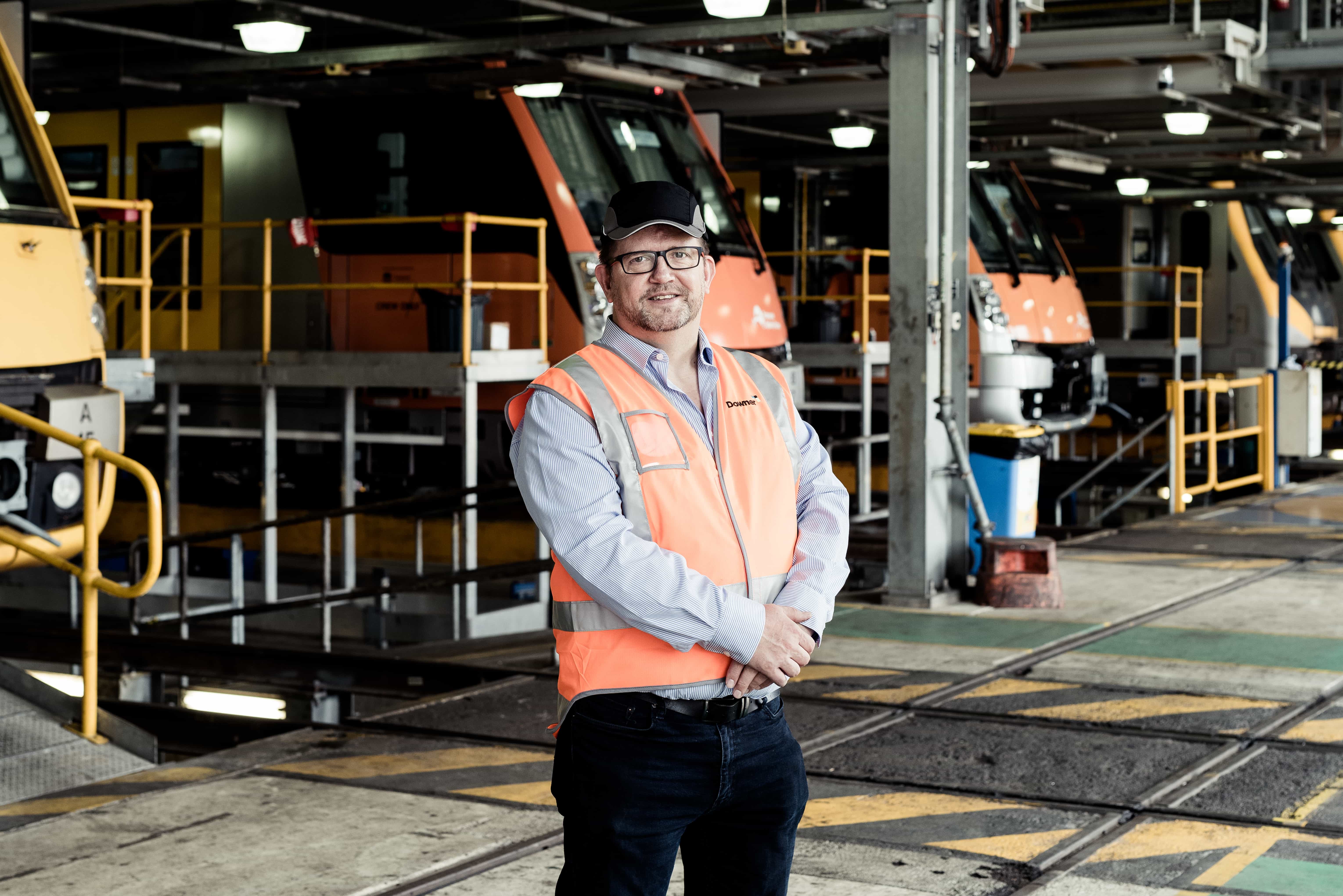
Complex challenge
Downer built the Waratah trains in collaboration with CRRC Changchun, the world’s largest rolling stock manufacturer. Each train came with a technical maintenance plan, that mandated maintenance every 30 days. Today, Ayling and his team are looking to the data from the sensors and cameras, to guide a more effective and efficient maintenance schedule using TrainDNA.
“This is the Holy Grail – you bring it in and you maintain it based upon its condition. Now you imagine the time taken to maintain a train every 30 days, as opposed to bringing it in only when it needs to be brought in. So that’s where we would get significant cost savings, plus the fact that there’s a 30-year contract, there’s some significant pieces of work where we need to overhaul major assets like bogies,” says Ayling.
The data analytics will also allow Downer to manage these bogie overhauls required for the trains. Overhauling all the bogies across the fleet is an expensive undertaking over the 30-year life of the contract. Using improved data analytics, Ayling expects there is the potential for significant savings over the remainder of the contract lifetime just from improved bogie maintenance and monitoring, i.e. extending the life of these assets in a way that doesn’t impact safety of passengers or reliability.
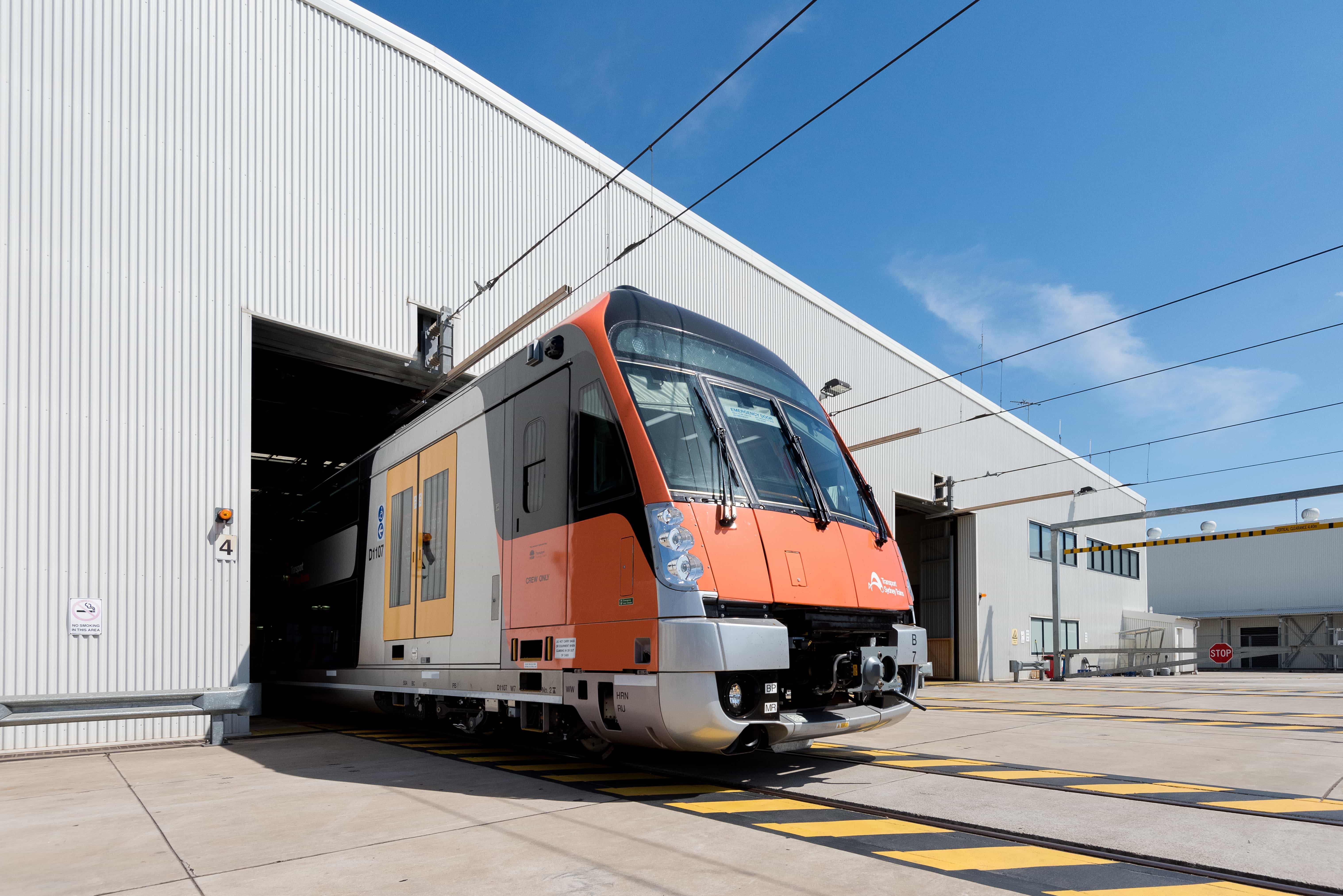
Blueprint for success
The front end of the solution is an Angular Web App built on top of ASP.NET core services. The solution is hosted through Azure’s Service Fabric ensuring scale and resilience.
The Azure IoT Hub feeds stream analytics into an Azure Data Lake Store and Azure SQL database. Access is managed by Azure Active Directory with Power BI providing analytics and reporting. Downer’s TrainDNA platform ingests the data and leverages Azure machine learning to make sense of it, but Downer has ensured total flexibility by allowing data scientists to operationalise the algorithms they develop in Python, Julia or R, then containerise them and run them through Azure Batch. It’s this added intelligence that makes the TrainDNA product unique.
According to Ayling; “What these new systems and some of the Microsoft technology enables us to do, is use that data and analyse that data, far quicker and far faster than we’ve ever been able to do before. This is where some of the Artificial Intelligence comes in. Turning that data into an insight, into something that we can do something with to say, this is happening, we need to make a correction to our maintenance program, or we need to do something different. Those insights, that’s really the gold dust.
“This is an absolute game changer for us in terms of how we operate, and being able to diagnose the trains early, being able to get to them before they fail.
“Also from a parts perspective, a lot of our parts on our trains have extremely long lead times (many parts come from worldwide), so being able to plan in advance for that is extremely beneficial.”
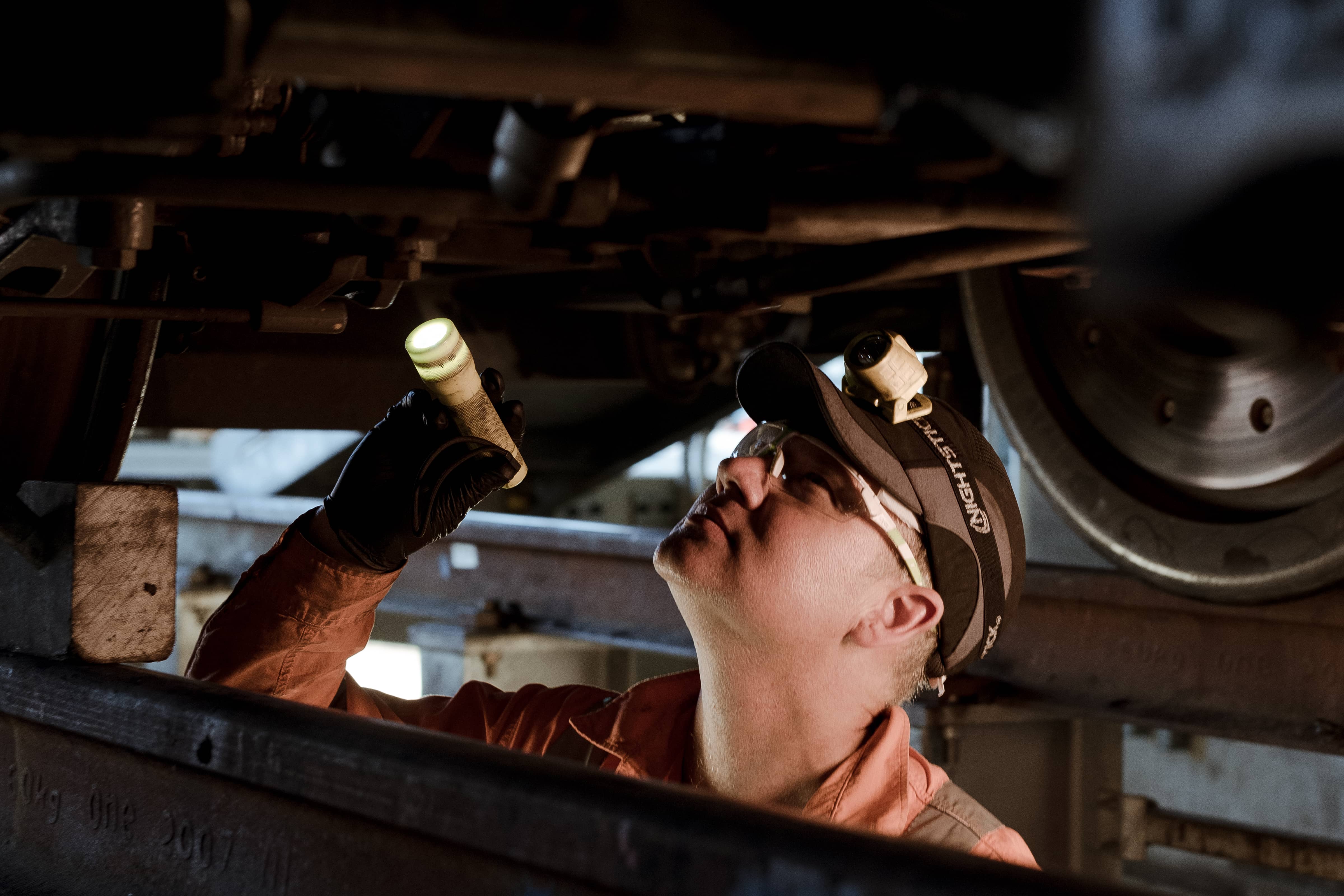
Fast forward
Downer is already investigating what other technology it could deploy to get a further step change in impact. It’s currently exploring the opportunity to integrate the TrainDNA platform with Microsoft’s augmented reality solution, HoloLens.
Wearing a head-mounted device engineers will be able to look at a train and see an overlay of the data, the train blueprints, technical drawings and insights about what maintenance is required.
Louisa de Vries is a Downer Technology Strategy Engineer who catches the train to work each day and on the weekend with her daughters. She’s in no doubt about the critical importance of train safety and reliability and the potential impact of new technology for train engineers.
“We have some research going on with HoloLens, mixed reality, where they’re getting live information, that they can see in front of them, on how to maintain the train.
“The tablets can provide data and insights to the maintainers while they’re actually on the job, and HoloLens I guess is the next step where they can actually visualise the maintenance and see how the procedure actually carried out.”
Downer is also preparing to leverage more unstructured data, such as video from the trains’ cameras, using Azure’s cognitive services API.
“Do we use those kinds of things today, no. Will be using them in the future, absolutely,” says Ayling, adding that it was important to Downer when it made its technology choice to select a platform able to support future innovation.
“We could utilise CCTV footage and camera footage targeted at the outside of the train, checking on whether it’s got graffiti or whether hatches are open or have come loose.”
With Azure and TrainDNA in place Ayling believes Downer will be able to develop and deploy some of these solutions itself making use of Azure’s cognitive and visual recognition software.
It could, he believes, also create a new business opportunity for Downer – selling its Intellectual Property and data analytics systems to other companies around the world which are also seeking IoT infused data rich solutions for asset management and maintenance.
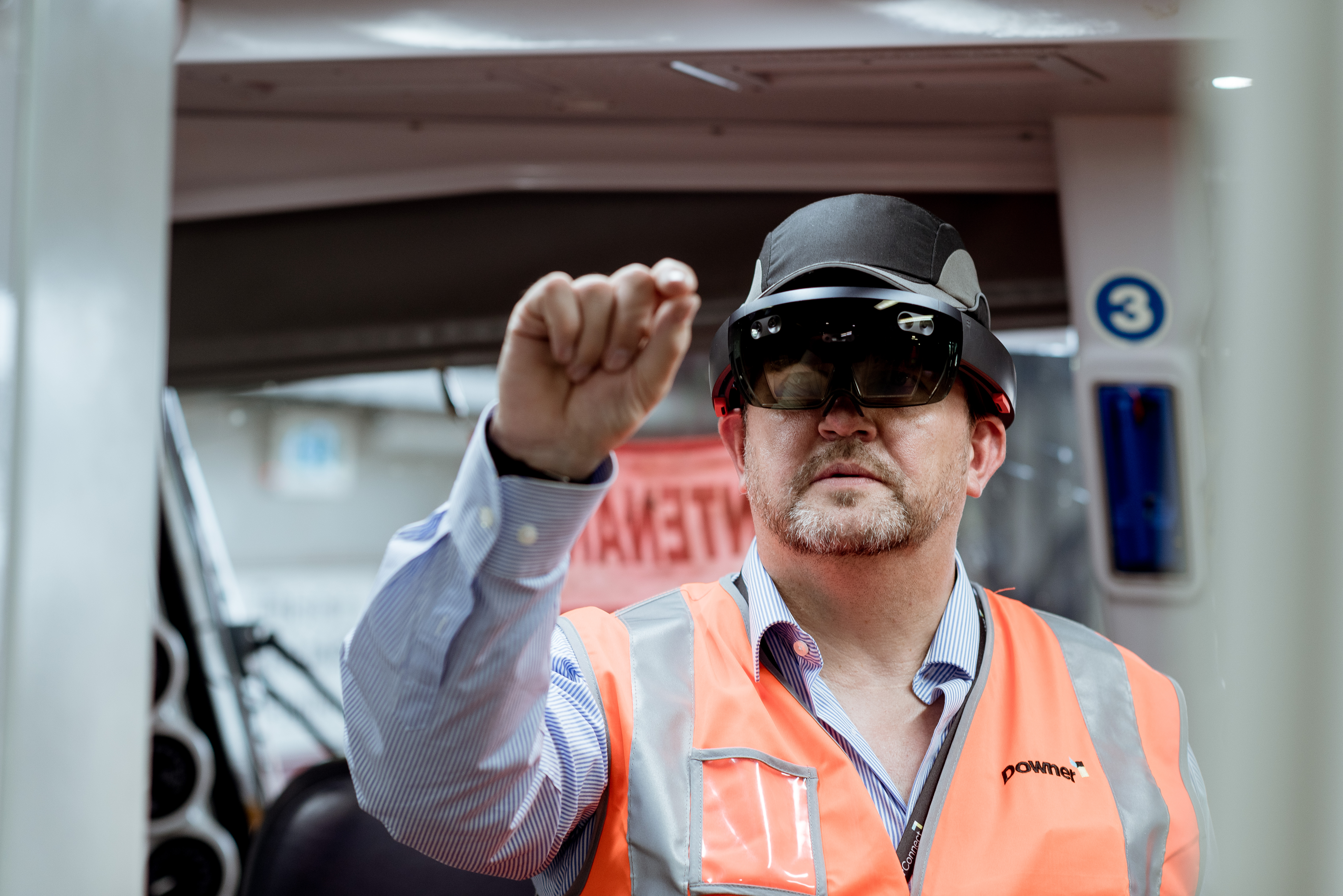
Investment return
Downer continues to roll out fresh elements of the solution making it hard to quantify the impact it has had on the business at any point in time. But there are clear benefits because under the contract terms, when a train is delayed or cancelled because of a maintenance issue, there is a penalty paid by Downer.
Interrogating the data coming from the train means the company can map out the risk of a failure, anticipate any maintenance required and schedule downtime required for that maintenance ahead of time, helping it provide a safe, reliable train, that is on time every time.
The ability to analyse trends across very granular data such as temperatures, outliers in voltages and currents, opening and closing times of doors, means that any small changes in the data can deliver Downer an early alert to what’s going on.
Machine learning and intelligent data analysis means that Downer can predict the likelihood of failures, sometimes months in advance – and schedule preventive maintenance well before a failure takes place.
Downer has also reaped an additional reward from its engagement with Microsoft, which has led to Agile practices being widely deployed across the business, which Ayling says is paying dividends.
Most importantly; “This automation and digitisation moves us away from being an inspector and maintainer to a differentiated world class asset maintainer, driving condition based maintenance,” says Ayling.














